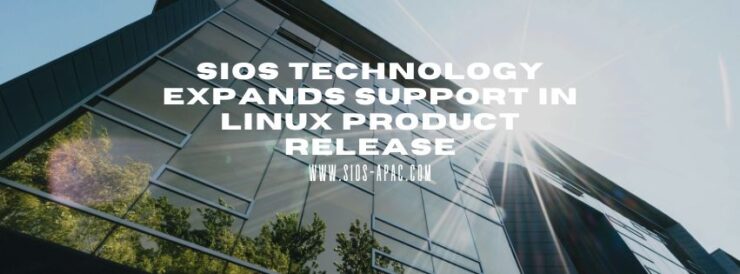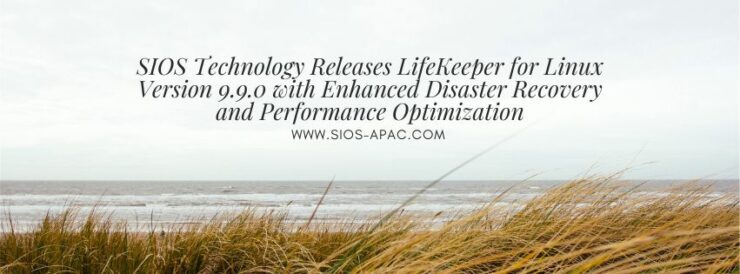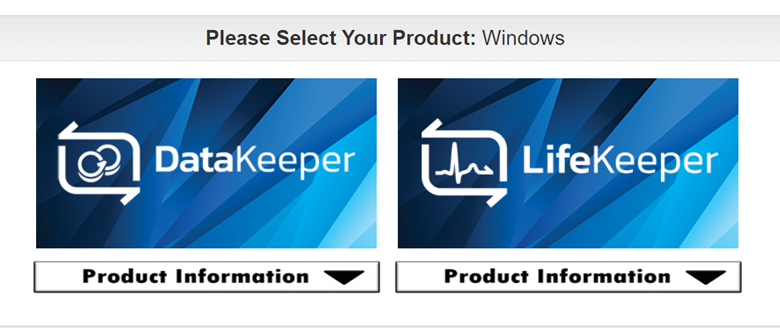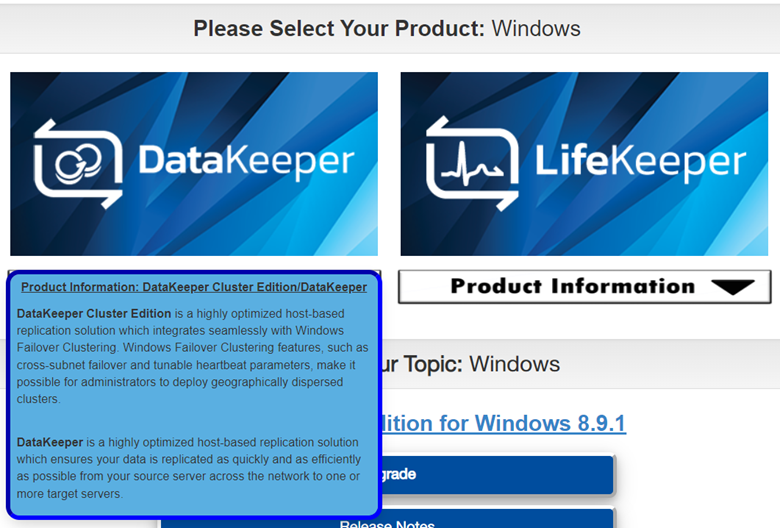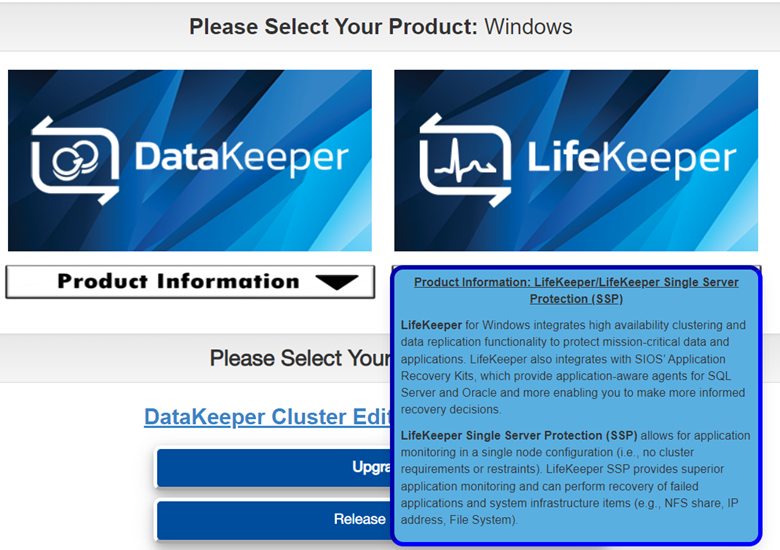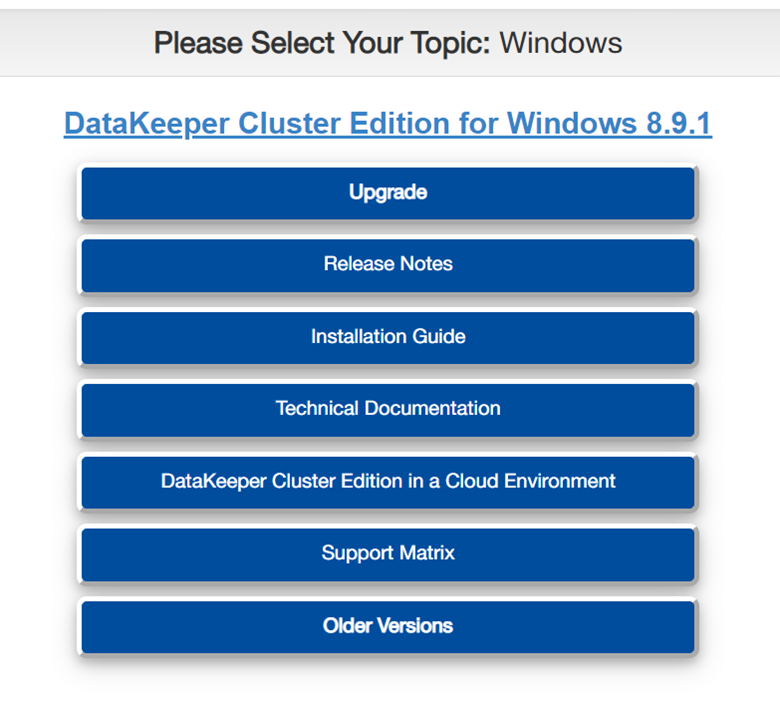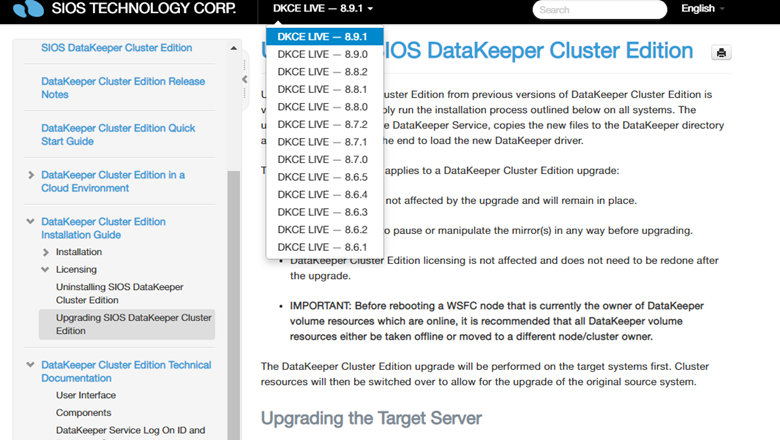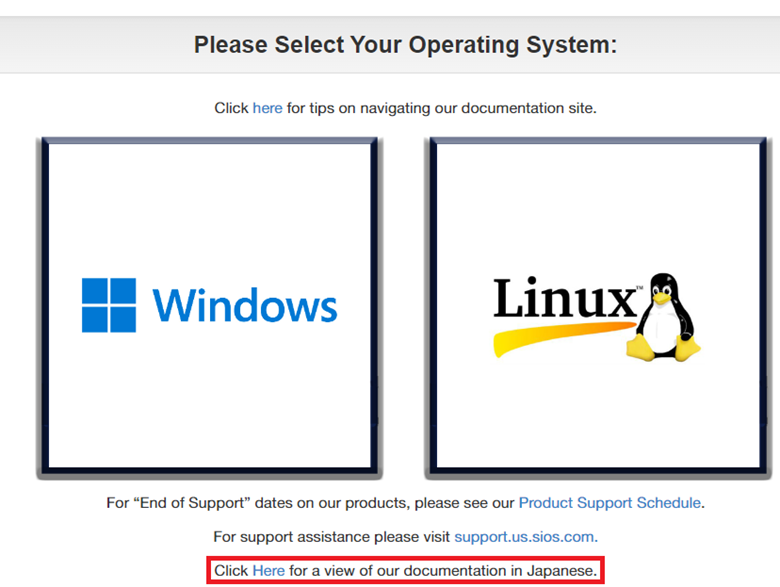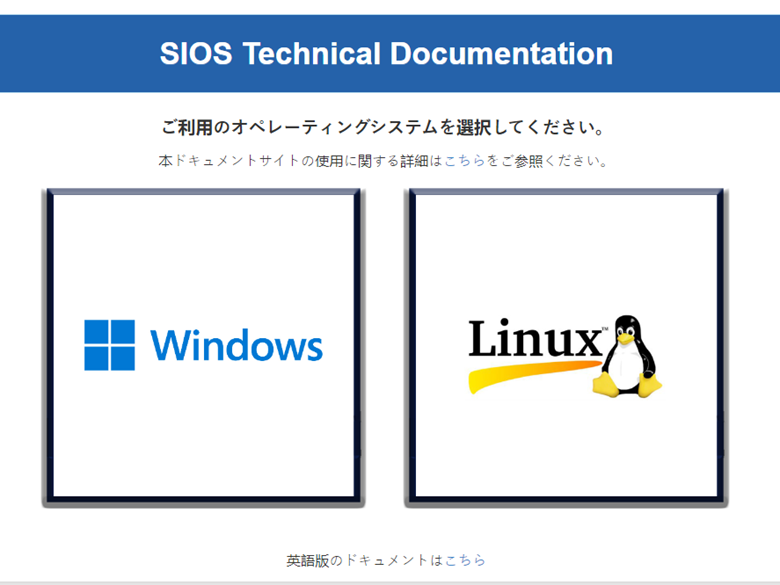SIOS Technology Expands Support in Linux Product Release
We’re excited to announce expanded support for the SIOS LifeKeeper for Linux 9.9.0 release, including:
- SAP HANA 2.0 on RHEL 9.4
- SAP on RHEL 9.4
- Watchdog support on RHEL 9
- FUJITSU Software Enterprise Postgres 16 SP1
These newly supported configurations are fully compatible with our Linux product’s current general availability version and will continue to be supported in future releases. Importantly, no software update is required to take advantage of these additions.
Stay tuned for more updates as we continue to enhance our solutions to meet your high availability and disaster recovery needs.
Reproduced with permission from SIOS
